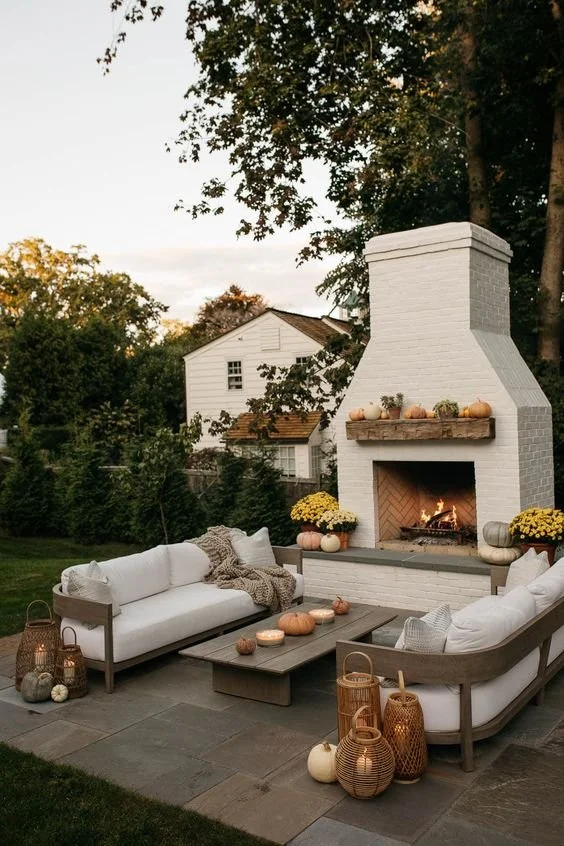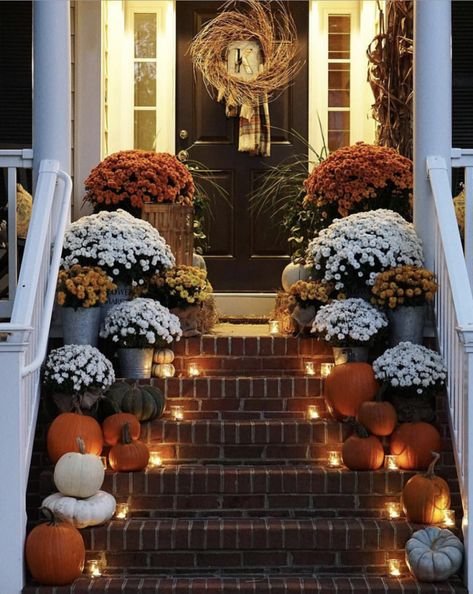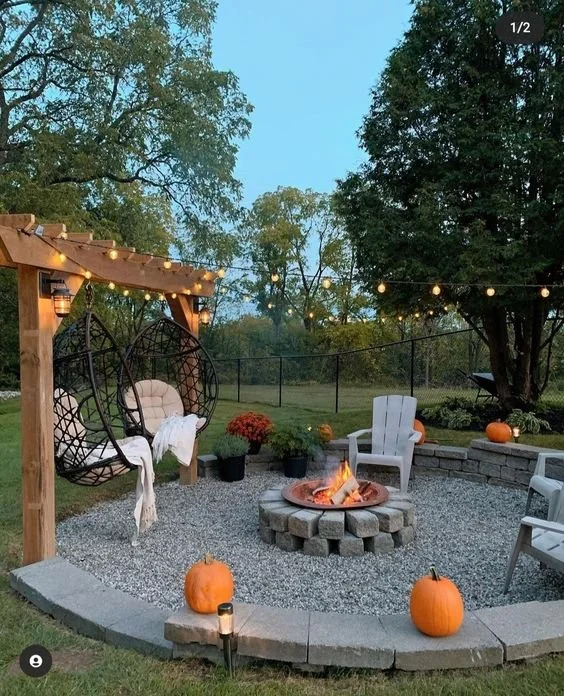5 Key Considerations Before Buying and Installing Your New Dishwasher
RH Business Marketing Solutions
Introducing a new dishwasher into your home can truly revolutionize your daily routine. You’ll no longer have to endure hours spent scrubbing pots and pans or washing dishes manually.
However, before you fully commit yourself and decide to finally take the plunge, it's important to take into account several key factors. Let’s take a look at some important things you need to ask yourself before getting and installing your new dishwashing machine.
Size and capacity
Choosing the right size dishwasher takes a mix of planning ahead and being realistic. Start by measuring the space in your kitchen down to the millimeter, taking into account the depth, width, and height.
Take also the internal capacity of the appliance itself into account, as well as your daily habits. Do you cook a lot and invite people over often? If you have a big family or often have people over, you'll obviously have to make more plates, glasses, and silverware.
A dishwasher with a bigger capacity can handle these bigger loads, so you don't have to run it half-full or for multiple rounds. If that happens a lot, it means you’re not using the appliance in an efficient way and in accordance with the manufacturer’s specifications.
Energy and water efficiency
Think about how your appliances use energy and water. Even more so when you think about how it will affect the earth and your finances in the long run. Look for the Energy Star label or other mark somewhere on the product.
The more stars a machine has, the less water and energy it needs per cycle. Some high-efficiency types even have sensors that can tell how dirty the dishes are and change the amount of water and the length of the cycle to match.
Over time, these saves can add up to a lot. This is especially important for regions that experience droughts, so a high-quality, feature-rich dishwashing machine isn't just a nice-to-have, it's a must.
Noise level
The acoustics of your home significantly impact your happiness and well-being. With the rising popularity of open-plan living, your living room, dining area, and kitchen may all coexist within one expansive space. In such a setup, a noisy dishwasher isn't merely an inconvenience; it has the potential to disrupt your relaxation and enjoyment.
When evaluating dishwasher models, don't focus solely on their aesthetics or capacity; also, consider their technical specifications. The decibel level (dB) of a dishwasher can vary considerably from one model to another. Just a few dB can make the difference between a whisper-quiet operation and an uncomfortable, audible hum.
Installation costs
When calculating the total cost of a new dishwasher, the appliance's price is just one piece of the puzzle. Installation expenses can sometimes arise unexpectedly, particularly if the installation isn't done correctly.
Dishwasher installation is one of those tasks you should always leave to the experts. We recommend opting for successful and locally well known professionals.
Take, for instance, if you reside in or around Perth. Engaging the services of a reputable plumber in Belmont can be a painless and cost-effective way to take care of your appliance installation (and any other plumbing-related issue for that matter).
No matter where you’re located, though, professionally-done installation can make the difference between an appliance that works and performs like a charm and one that leaks water or doesn't work well enough to even be worth fixing.
Features and functions
Modern dishwashing machines are technological wonders. They have a lot of features that you can use depending on your needs and preferences.
Want a steam function to help get rid of hard-to-clean stains? Or maybe a cleaning cycle to make sure your dishes are not only clean but also free of germs? No problem, just pick an appropriate program, and press the button!
Some new dishwashers also connect to Wi-Fi, which lets you handle and check on them remotely. Then there are useful features like racks that can be moved, trays for cutlery, and specific places for glasses.
Before making a purchase, create a list of your top priorities to guide your decision. This ensures that you not only acquire a dishwasher that effectively cleans dishes but also one that seamlessly aligns with your lifestyle.
Wrapping up
Price tags and brand names alone are necessary, but not sufficient components of a successful dishwasher buying process. Understanding your household's needs, your environmental impact, and the nuances of design and technology is also crucial.
With this understanding, we hope that your search for the perfect dishwasher becomes considerably more straightforward and stress-free.
By Mike Johnston


















